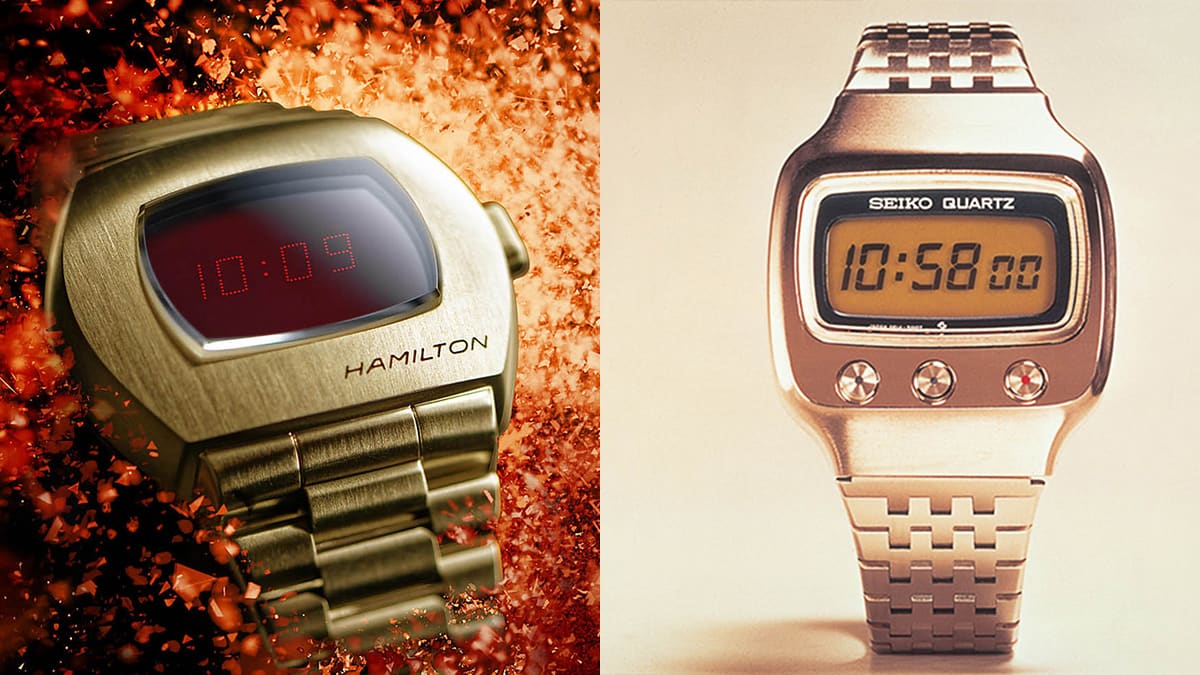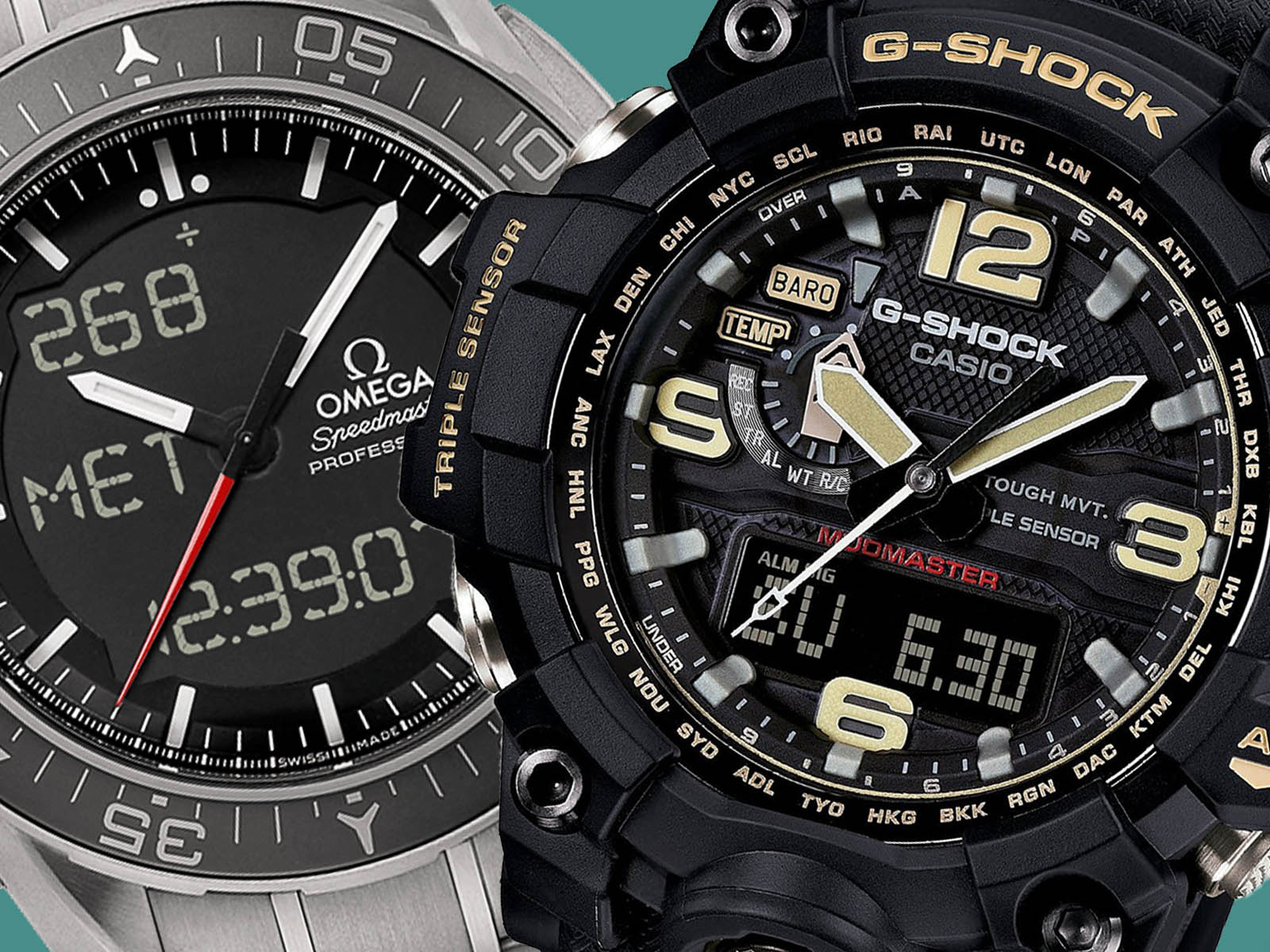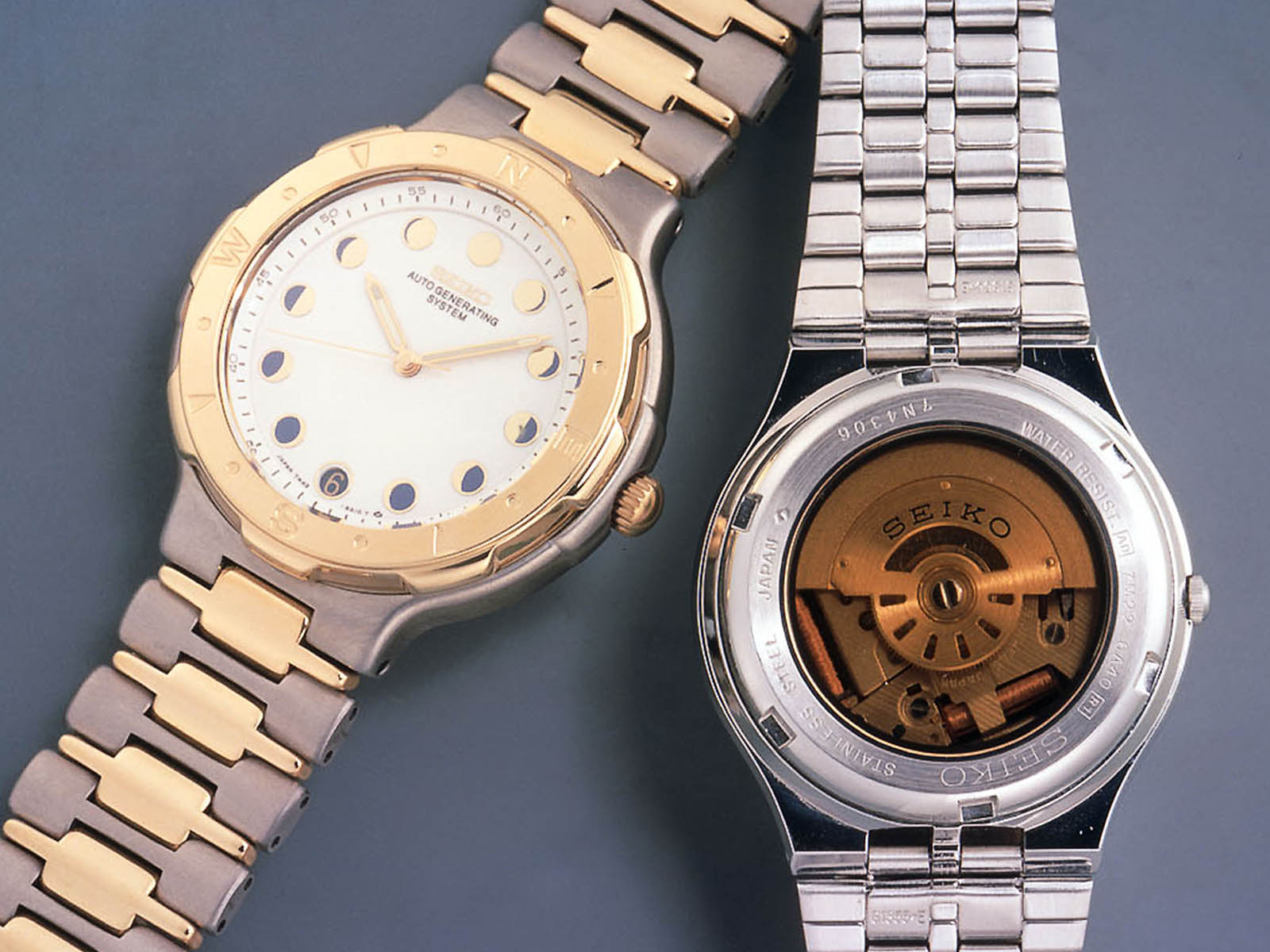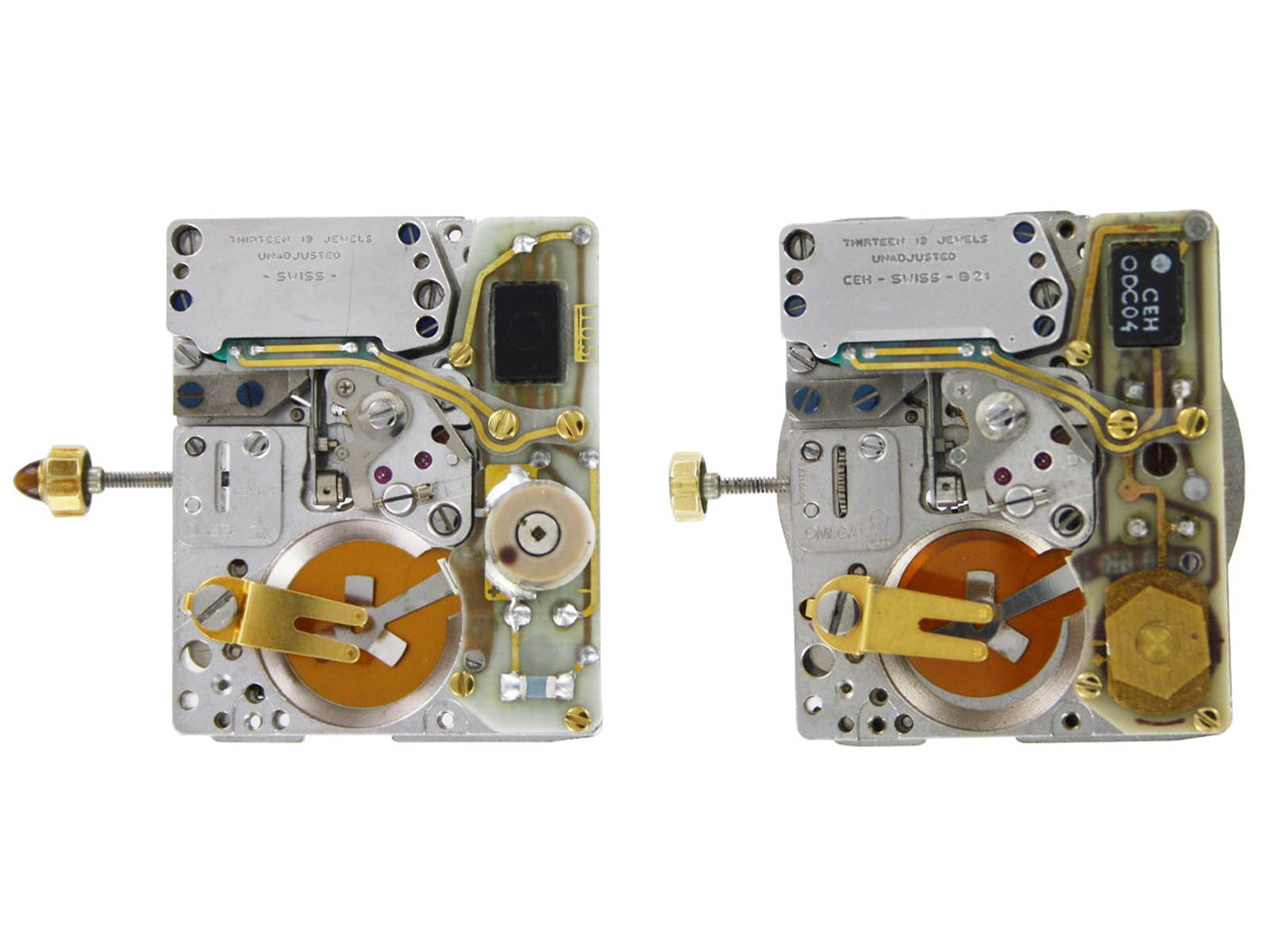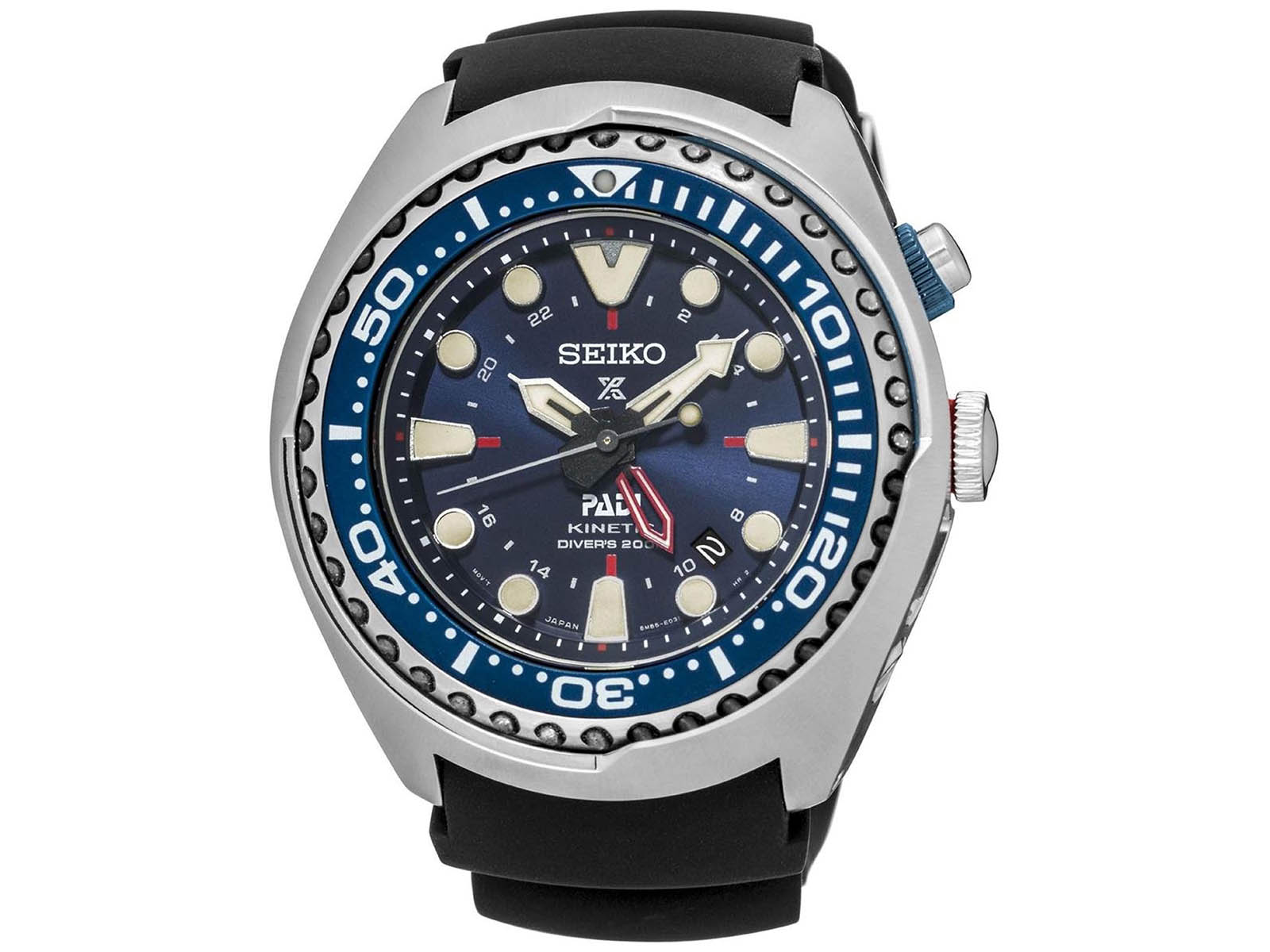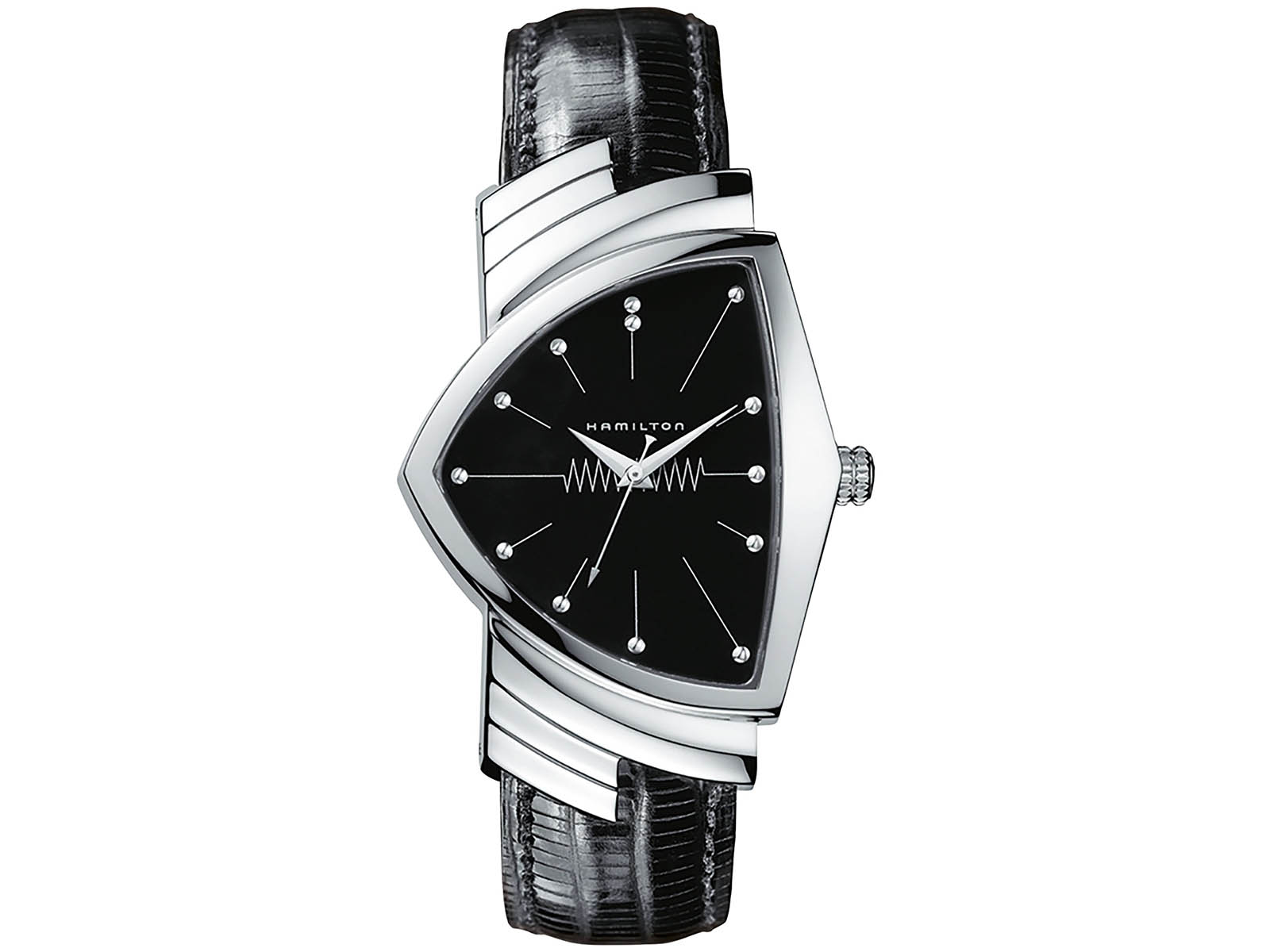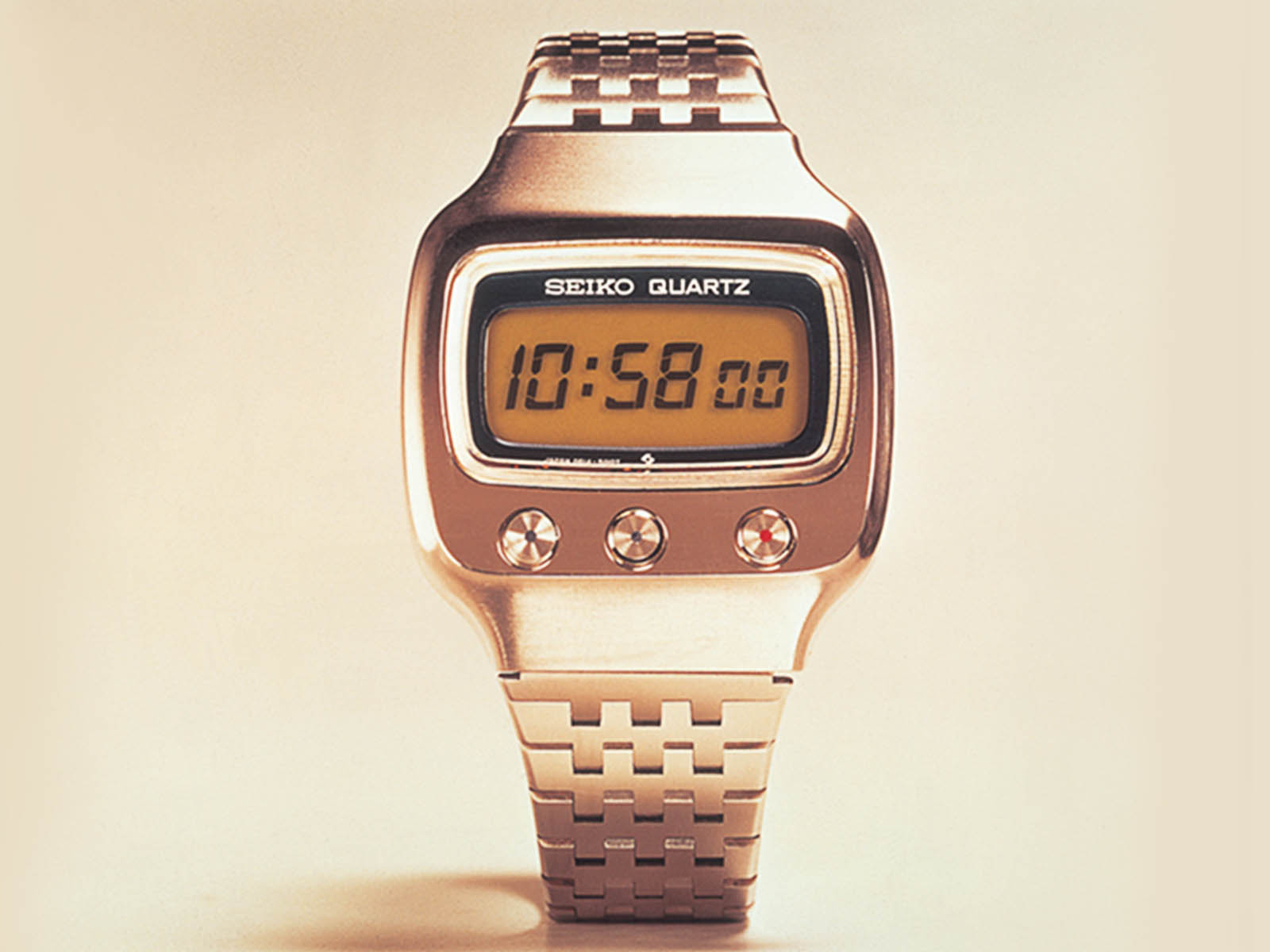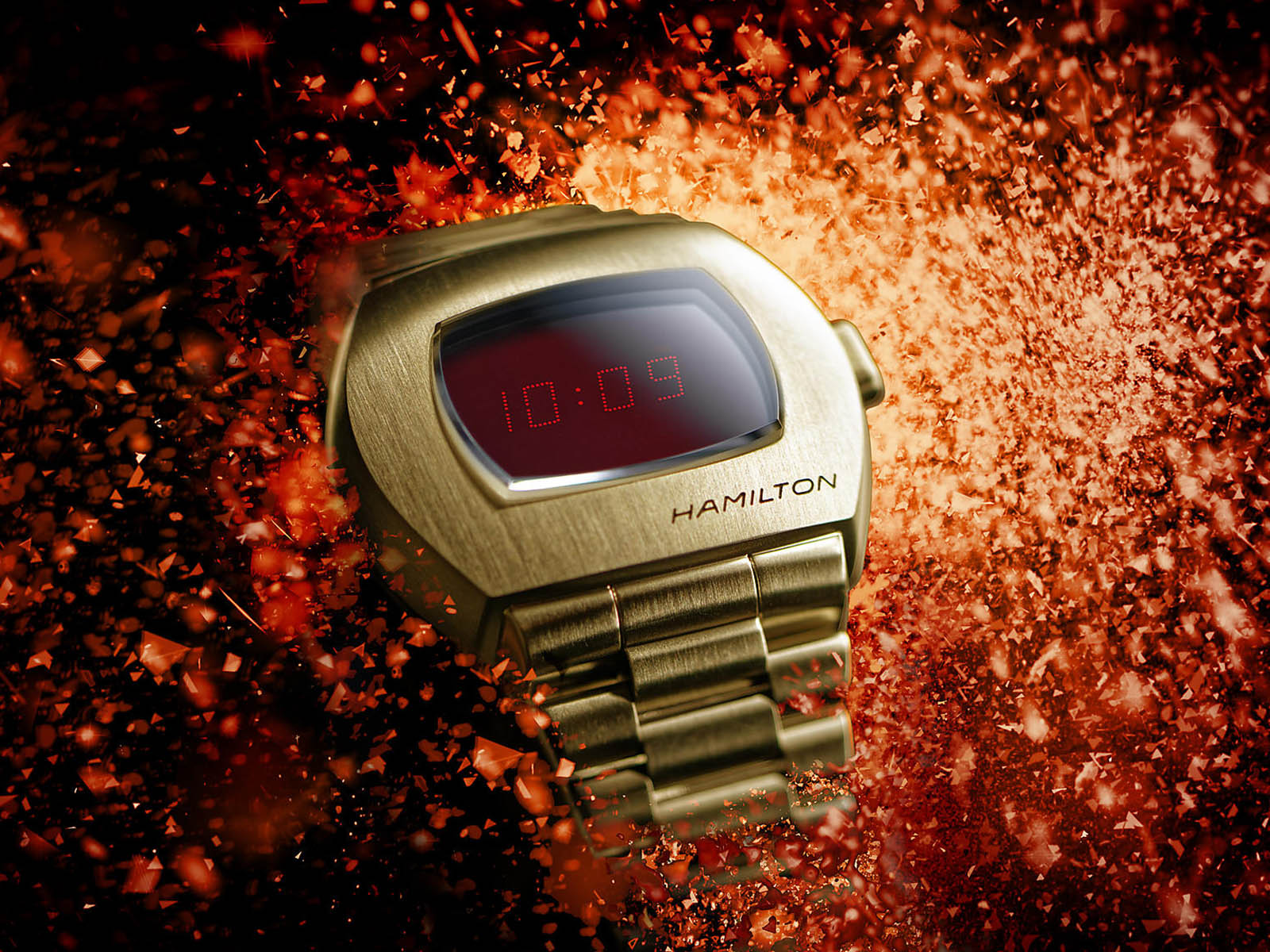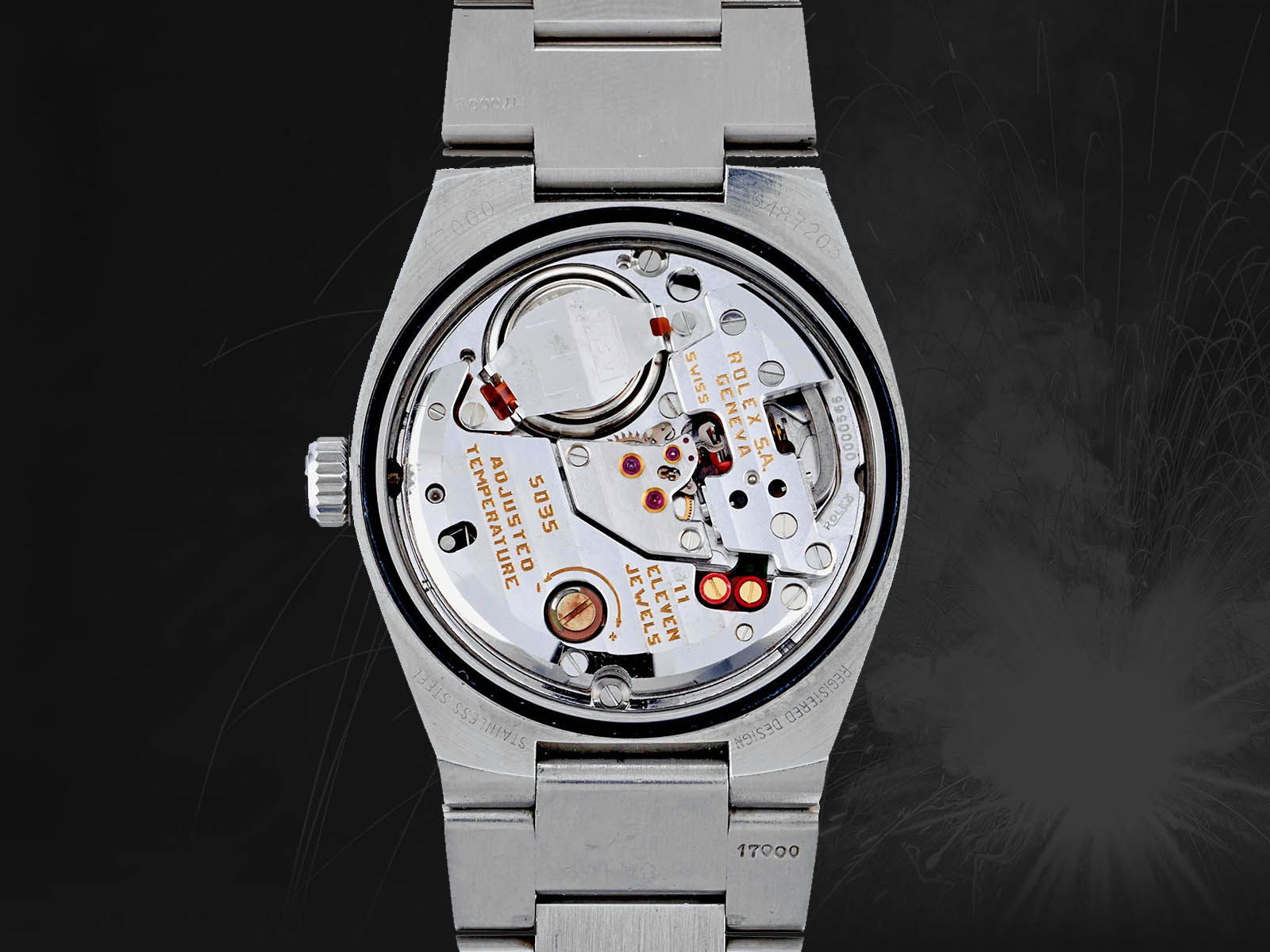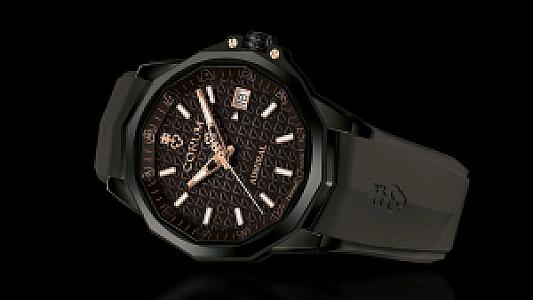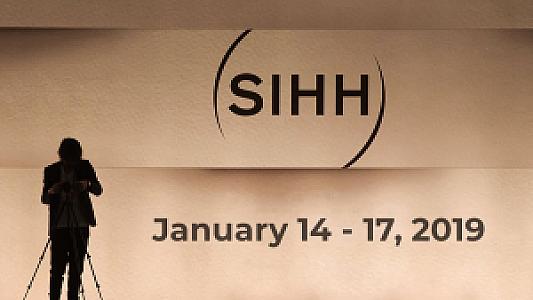A technical look at Quartz watches one of the relentless advocates of the battle of advanced technology against tradition.
It's been a long time since we stopped waking up with the sunrise and going to sleep with the sunset. Civilizations developed, science and technology started to make our lives easier. The perception of time has become even more essential. The telescope was invented. We started to observe the universe. We have also developed a calendar based on days, months, and years, which are time zones associated with the Moon and Earth's movements around the Sun. For most of history, this kind of "time measurement based on planetary movements" was more than adequate for their needs. However, as the world has become increasingly crazy and sophisticated, it has become necessary to measure hours, minutes, and seconds along with days, months, and years. Thus, special tools began to be made to observe these small periods. In this context, despite the inadequacy of mechanical watches, quartz watches were preparing to change the game and to perceive the flow of time from a different angle.
In 1583, when the Italian physicist Galileo Galilei realized that the intervals a pendulum goes back and forth are the same in all conditions, regardless of its weight and length, a terrific idea came to mind: to use this oscillation as a regulator. Thus, these oscillations could be converted to seconds and then to minutes and hours, allowing the flow of time to be observed properly. Watch movements operating on the principle that the potential energy obtained by the establishment of the hairspring is released in a controlled manner, not in an instant, became smaller, refined, and formed the basis of modern mechanical watches. The problem is that these mechanical watches are affected by environmental conditions, humidity, temperature changes, and even gravity, and they cannot keep accurate time. On top of that, forgetting to wind the movement caused the watch to stop, and then it was necessary to look at another source to re-adjust it.
When quartz watches were invented, all the problems mentioned were history. There is no such thing as re-adjusting your watch. Quartz watches were battery-powered and, their power consumption was so low that changing batteries every few years was sufficient. Battery replacement was also cheap and fast. The time-keeping capabilities of quartz watches were also superior compared to mechanical watches. Yes, quartz watches also had gears in them, but the controlled oscillation in mechanical watches gave way to a quartz crystal, which provides a steady flow.
Quartz is one of the most common minerals in the world and consists of a chemical compound called silicon dioxide. Piezoelectric. Have you heard this word before? The most important feature of the quartz crystal is that it is piezoelectric, so if you squeeze the quartz crystal, it will generate electricity for you, albeit with low voltage. Moreover, if you electrify the quartz crystal, it will start to vibrate in return. And always at the same frequency, 32768 times a second. This vibration is counted by a special circuit and the voltage required for the quartz movement to go one step forward is generated by the battery. This voltage is transferred to a very small step-motor. Thus, the second hand moves about 1/60th of a full rotation. Of course, the minute and hour hands connected to that gear system as well.
In a watch with a digital display, instead of gears, a chip produced only for this task divides the oscillator frequency repeatedly to display the hours, minutes, and seconds. The frequency value, divided into two precisely 15 times, allows one digit to change in the display every second.
Despite the reputation of mechanical watches for precision, quartz watches are almost perfect, but they are not perfect either. The quartz crystal tends to vibrate at different frequencies due to changes in temperature and pressure. In other words, your watch that is cooling and warming up can work faster or slower than it should be, albeit in small values. As the number of these changes increases, the timekeeping performance of the watch is lost. Of course, these losses are much less when compared to mechanical watches.
Quartz watches, which were perceived as a revolution when they were first introduced, considered superior to mechanical examples and sold at higher prices, bringing traditional watchmaking to the extent of disappearing from the pages of history... Well, they were not as simple as they seem (or should we say presented?), were they?
